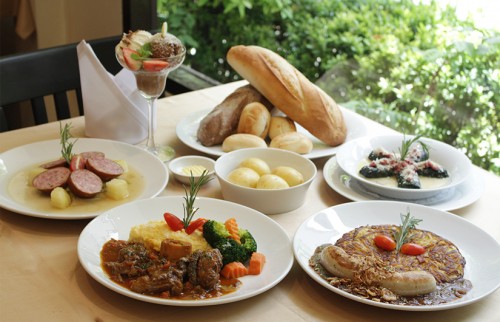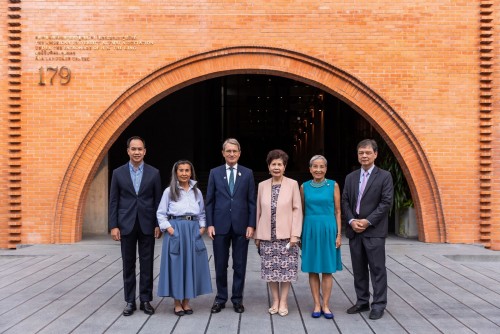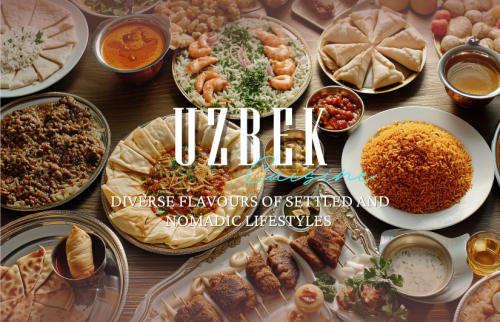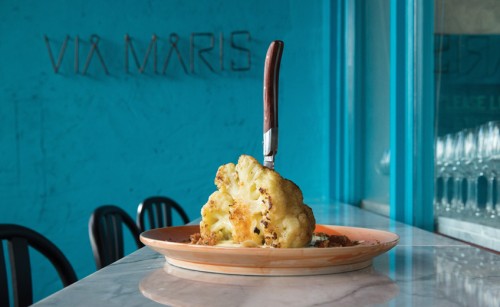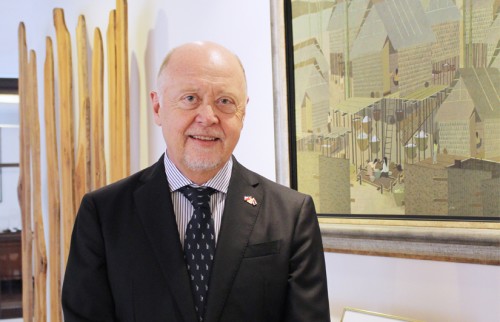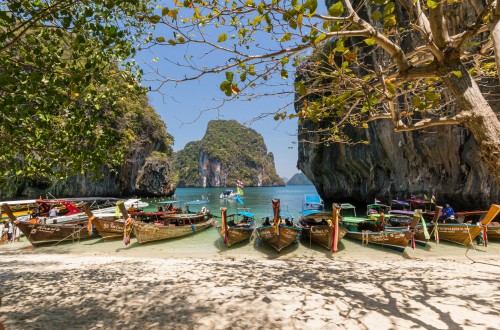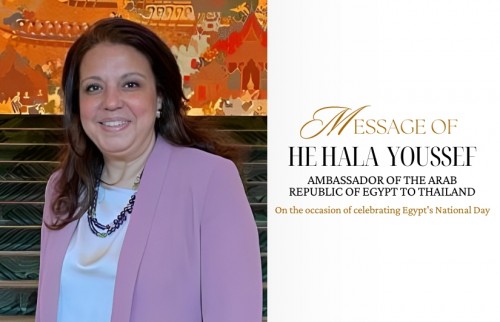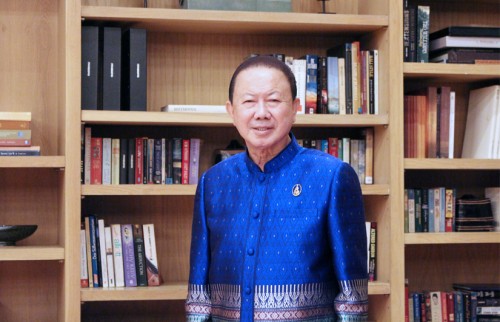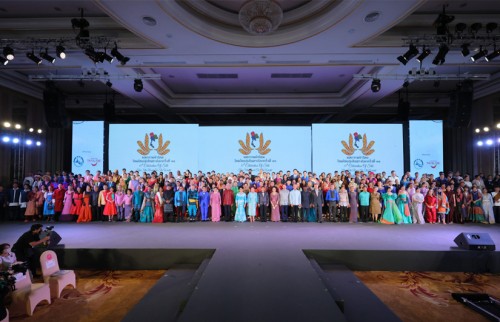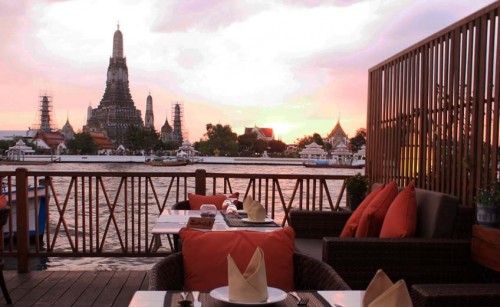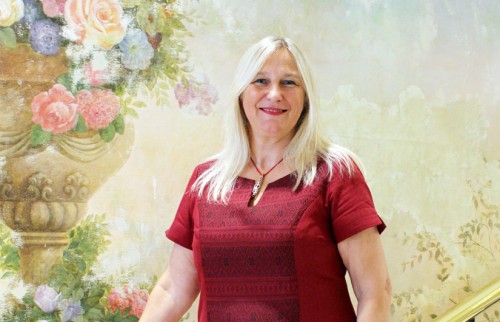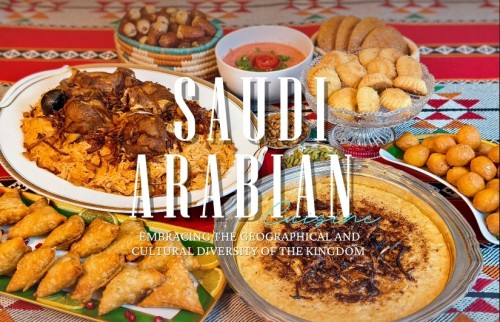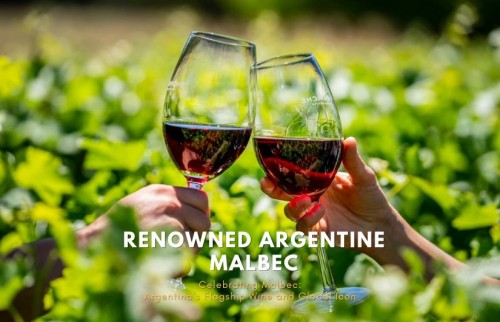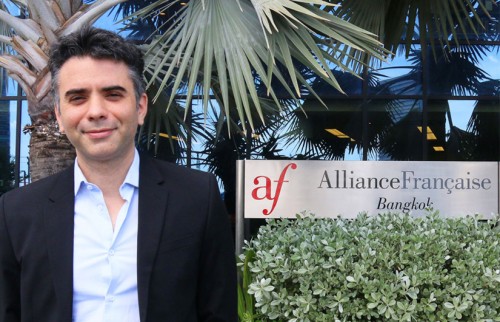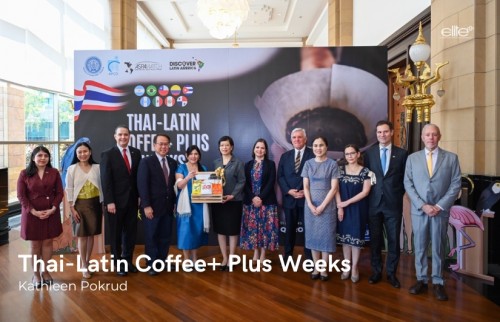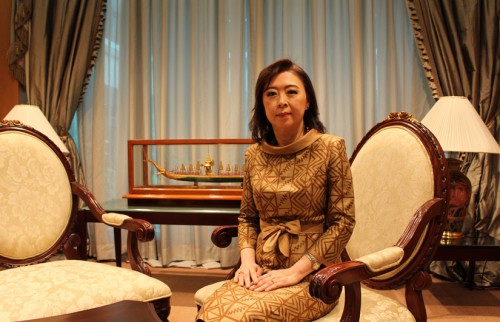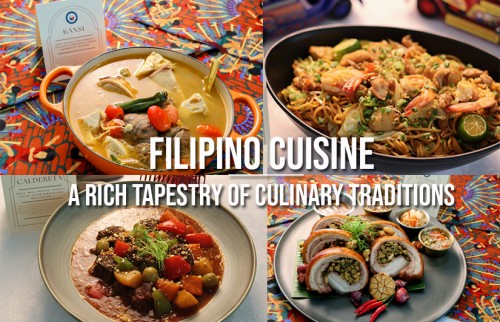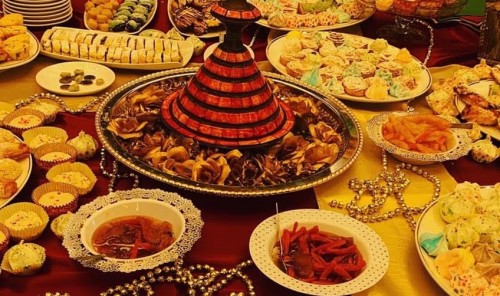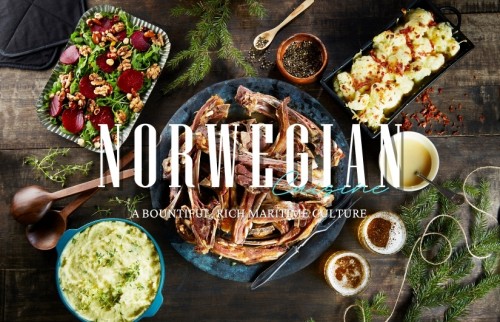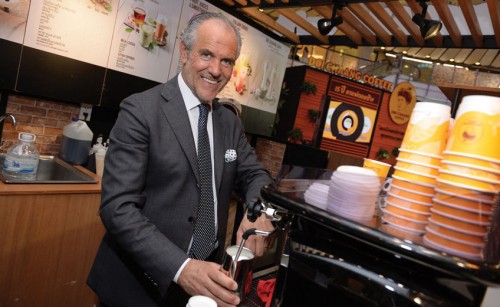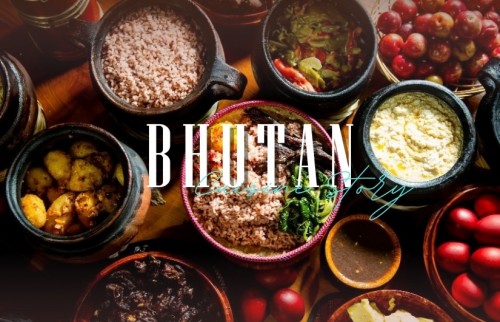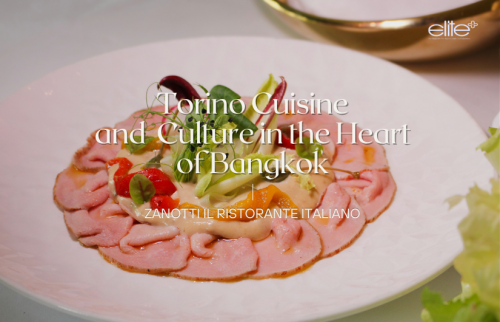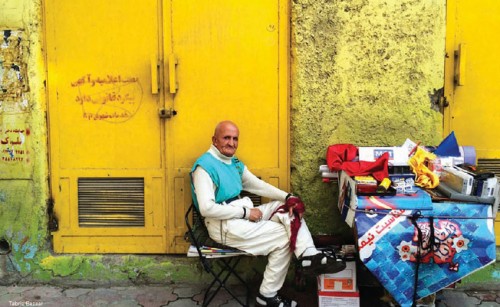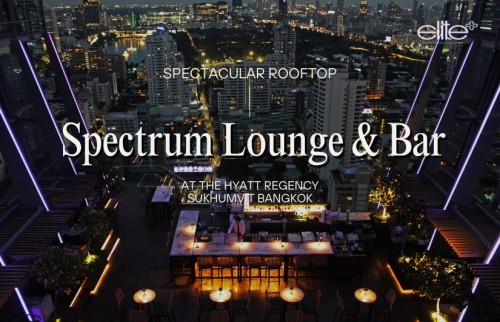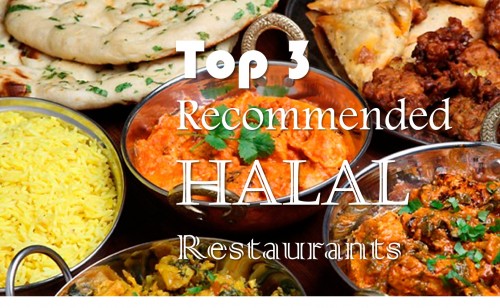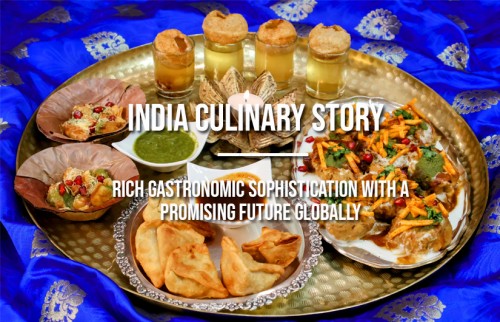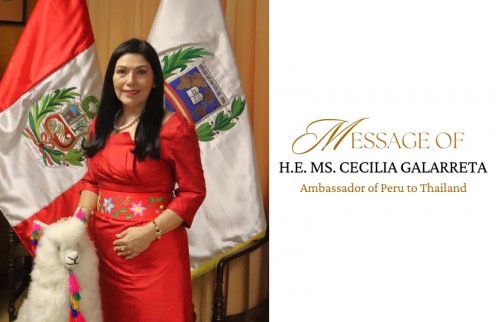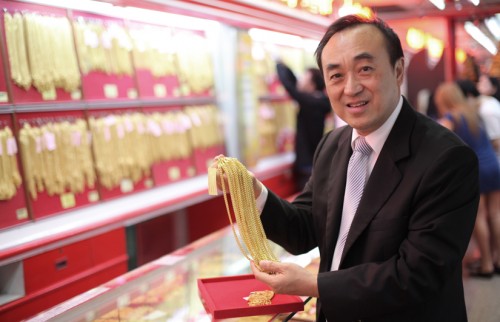French Gastronomy: World’s renowned UNESCO Cultural Heritage
By Kathleen Pokrud
French cuisine is considered one of the best in the world. Boasting the highest number of Michelin-star restaurants, its formal techniques and elegant presentations have laid the foundation for many sophisticated delicacies. The French ambassador to Thailand, Jean-Claude Poimboeuf, was kind enough to share some of the secrets behind the popularity of French gastronomy and why it deserves to be inscribed by UNESCO on the representative list of intangible cultural heritage of humanity.
When asked about the history of French cuisine, Ambassador Poimboeuf frankly admitted, “It is a challenge to retrace in only a few words the history of French cuisine since it is one of the most ancient in the world. The Gaul, the ancestors of the French people, developed a taste for large banquets over 2,000 years ago. These banquets were perpetuated over the centuries as described in historical documents from the Middle Ages when culinary art was a mark of nobility. Enhanced by entertainment, music, theatre and pantomime, those long meals consisted of a large number of stews, soups and roasted meats drowned in wine. French cuisine then gradually became more sophisticated until, under the reign of Louis XIV, it became recognised internationally. Meals started to follow a fixed structure, with soups and starters followed by fish or roasted meats, then cheese and finally desserts.”

Ambassador Poimboeuf next highlighted French chefs who have played a key role in making French cuisine known internationally. “Auguste Escoffier, nicknamed ‘The king of cooks and the cook of kings’ created many well-known recipes such as Peach Melba, which is still on the menus of restaurants around the world. After this came other great chefs, namely Paul Bocuse, the Troisgros brothers, Guy Savoy, Joël Robuchon, Alain Ducasse and Pierre Gagnaire. In fact, the latter two have restaurants in Bangkok.”
Ambassador Poimboeuf proudly continued, “No one can deny that French cuisine is among the best in the world. This was recognized in 2010 by UNESCO which inscribed the “gastronomic meal of the French” on the representative list of intangible cultural heritage of humanity. France has the highest number of Michelin star restaurants, followed by Japan and Italy. The very fact that the most prestigious award a chef can receive is a Michelin star was created by a French company says it all.
Another indication of the influence of French cuisine comes from the fact that it is served in other countries’ official banquets, for example, at Buckingham Palace where the menus are traditionally written in French.”
According to Ambassador Poimboeuf, French cuisine is more than just good food, it is “art de vivre”, the art of life. “An integral part of French culture, quoting what UNESCO described in 2010, ‘The gastronomic meal of the French is a customary social practice for celebrating important moments in the lives of individuals and groups such as births, weddings, birthdays, anniversaries, achievements and reunions. It is a festive meal bringing people together for an occasion to enjoy the art of good eating and drinking. The gastronomic meal emphasizes togetherness, the pleasure of taste and the balance between human beings and the products of nature.’ Over the centuries, we have developed ‘art de la table’, meaning a good meal must be served on a beautifully decorated table, paying great attention to items such as the tablecloth, cutlery, silverware and crystal glasses.” He then added, “French cuisine places strong emphasis on wine, both in cooking and wine-pairing. Our wines well-known globally include Bordeaux, Burgundy and, of course, Champagne.”
Ambassador Poimboeuf shared, “French gastronomy is influenced by a variety of factors. The most important is France’s diverse geography and climate. There are coastal regions for seafood, plains for cereals and mountains for dairy products. Our gastronomy emphasises the use of fresh and seasonal ingredients.
“Due to France’s history of exchanges with other continents, French gastronomy has learned how to integrate different ingredients and techniques from around the world. French cuisine is a combination of good products as well as sophisticated preparation techniques. Among the key elements of French gastronomy are sauces, which are often considered the basis of many of our dishes. Classic sauces, such as béchamel, hollandaise and red wine sauce, are used to accompany meats, fish and vegetables.
“Cheese is a pillar of French gastronomy. France is famous for its large variety of cheeses, ranging from soft cheeses such as Camembert and Brie, to goat cheeses and hard cheeses such as Comté and Beaufort. Each region has its own cheese specialties. Former president Charles de Gaulle famously said, ‘How can you govern a country that has 258 varieties of cheese?’

“Bread also occupies an important place in French gastronomy. Crusty baguettes and rustic breads are common accompaniments to French meals. France is known for its artisan bakers who make a wide variety of quality breads.”
On the topic of regional differences, Ambassador Poimboeuf explained, “Geographical diversity means that every region has its own products, ingredients and cooking techniques, which are deeply rooted in local culture and history.
“It is impossible to be comprehensive, but there are a few well-known dishes that illustrate this diversity. For example, Alsace, bordering Germany, is famous for its ‘choucroute’ (sauerkraut). Lorraine has ‘quiche’. Lyon is considered the capital of French gastronomy because of its location at the crossroads of several regions, providing such high quality products as world-class wines in Burgundy as well as its ‘boeuf bourguignon’, beef stew cooked in red wine, and snails. The Rhône valley is known for its ‘quenelles’, a mixture of creamed fish or meat, combined with breadcrumbs and a light egg binding.

“Northern France, near Belgium, is renowned for cooking with beer, like carbonade’. Marseille’s typical dish is the ‘bouillabaisse’, a traditional soup made with several kinds of fish. On the Riviera, Nice has ratatouille’, made with tomatoes, zucchini, peppers, onions and eggplant when all are in season.
“The southwest is the land of foie gras, goose or duck liver, and ‘cassoulet’, beans with sausage and pork, while the Atlantic coast has seafood, including the best oysters. In Brittany, there are buckwheat crêpes (pancakes) with a pint of apple cider. In the Alps, famous dishes are raclette’, fondue and ‘tartiflette, all featuring local cheeses. The list could go on but we should not forget Paris and its ‘baguettes’, probably the best-known bread in the world.
“French cuisine has also incorporated elements coming from our former colonies and you would be surprised to know that one of the most popular dishes nowadays is ‘couscous’, originating from North Africa. Our overseas territories in the Caribbean, the Indian Ocean and the Pacific all have their distinctive cuisine based on local products.
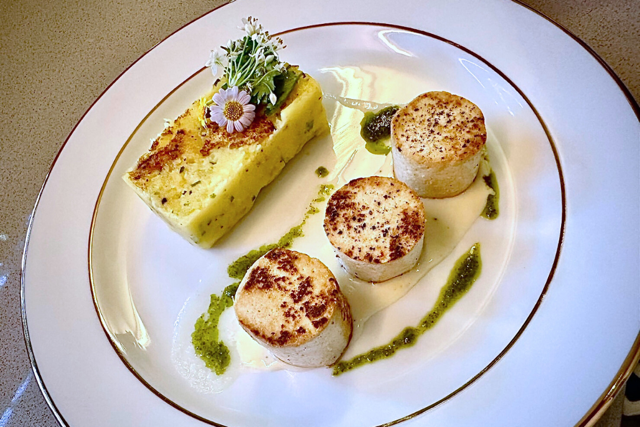
“Although France is rightly proud of its culinary heritage, it does not remain frozen in time. French cuisine has long been synonymous with rich sauces, large portions of meat and complex recipes. However, in the 1970’s, there was a movement known as ‘nouvelle cuisine’, emphasizing lighter, innovative dishes with a focus on fresh, seasonal ingredients and minimalist presentation. Their pioneers were influenced by Asian gastronomy such as Japanese. Over time, French cuisine has increasingly been influenced by global culinary trends and multicultural flavours.”

As our interview drew to a close, Ambassador Poimboeuf reiterated, “French cuisine is not cut out from reality and its evolution is in line with new trends in society. Sustainability and ethical sourcing have become keywords. Nowadays, many chefs prioritise locally sourced, organic and sustainably harvested ingredients, support small-scale farmers and producers, and minimise food waste in the kitchen. New vegetarian dishes have been created. A new generation of French chefs are embracing advanced technology and innovation.

“On the consumer side, there is also a more informal approach, be it for family meals or in restaurants. We probably owe it to ‘fooding’, the culinary movement that emphasises simplicity and emotional impact. Nowadays, people gather in a relaxed atmosphere around snacks or platters of charcuterie or cheese with a glass of wine. Despite the growing trend to consume less sugar, the French still enjoy dessert because in France, we never stray too far from our gastronomic traditions!
French cuisine is still one of the best because it has managed to evolve and adapt to changing tastes and values while honouring our rich culinary heritage and traditions.”



